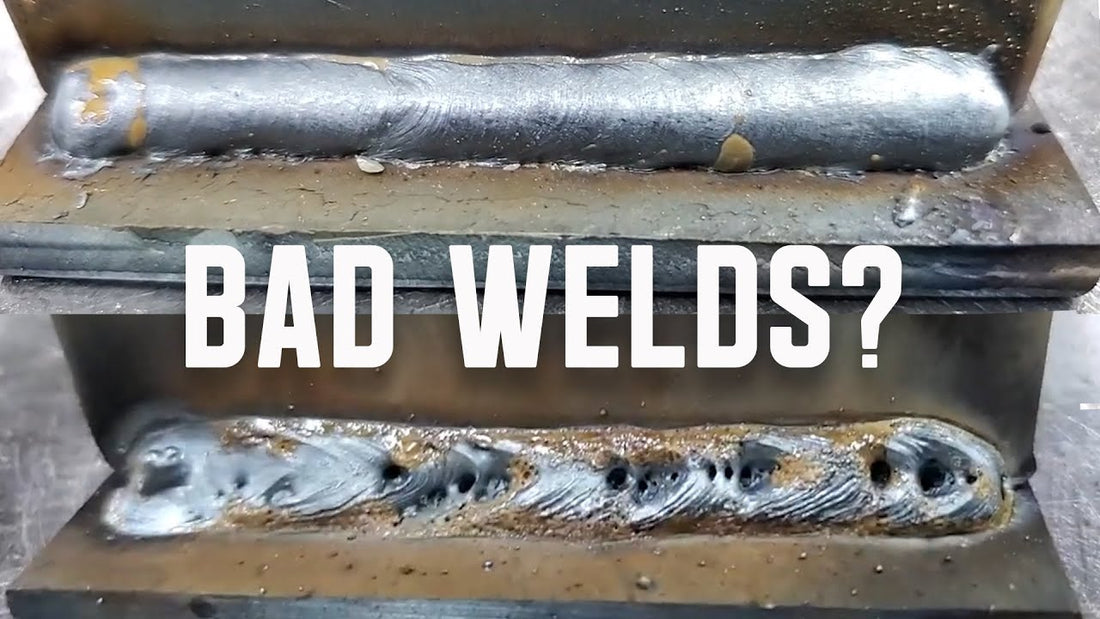Preventing Weld Undercut Demystified: Strategies for Success
Preventing Weld Undercut Demystified: Strategies for Success
Blog Article
A Comprehensive Guide to Identifying, Preventing, and Repairing Undercut Welding Troubles in Your Welding Jobs
In the realm of welding, experiencing undercut concerns is a common difficulty that can jeopardize the architectural stability and general quality of your welding tasks. Recognizing the source behind undercut welding, having the ability to accurately spot it in your welds, and executing reliable preventative measures are crucial skills for any welder. In addition, having the understanding and methods to remedy undercut issues when they do take place can make a considerable difference in the final result of your welding endeavors. Keep tuned as we check out the important parts of recognizing, protecting against, and taking care of undercut welding issues, supplying you with beneficial understandings and methods to raise your welding abilities to the next degree.
Typical Reasons For Undercut Welding
Undercut welding, an usual problem in welding processes, can be created by different elements that require to be very carefully identified and dealt with to make sure the stability of the weld joint. One of the primary reasons of undercut welding is too much heat input.
One more typical reason for undercut welding is inappropriate welding strategy. Insufficient adjustment of the soldering iron or gun, wrong angle or range between the work surface and the lantern, or inconsistent traveling speed can all add to the development of undercut. In addition, using the incorrect welding consumables or electrode size for a particular joint setup can bring about undercut problems. Identifying these source and executing restorative measures is crucial in avoiding and remedying undercut welding issues in welding tasks.
Identifying Undercut in Welds

To determine undercut accurately, appropriate lights and zoom devices are vital to examine the weld joint completely. Making use of tools such as a welding scale or a magnifying glass can assist in identifying also the smallest undercut flaws. In addition, running a finger or a finger nail along the weld joint can sometimes expose undercut, as the surface might feel irregular or have a dip where the undercut exists.
Preventative Actions for Undercut
Having a deep understanding of the reasons of undercut in welds enables for the implementation of efficient precautionary steps to maintain weld high quality and honesty. These settings must be optimized to avoid excessive warm input, which can lead to damage formation.

Strategies for Repairing Undercut

To deal with undercut concerns successfully, welders can use certain techniques intended at correcting the flaw and restoring the published here stability of the weld joint. One strategy is to adjust the welding parameters, such as the voltage, existing, and take a trip speed, to ensure proper heat input and blend. Boosting the welding current or lowering the travel rate can aid complete the undercut. In addition, changing the welding method from a press to a drag or vice versa can additionally aid reduce undercut.
An additional method is to make use of a weaving motion while welding to ensure correct sidewall fusion and fill in the undercut. By oscillating the welding arc from side to side within the weld joint, the welder can deposit much more filler product right into the undercut areas, properly removing the flaw.
Additionally, grinding out the undercut and rewelding the joint can be a viable service for extra severe undercut concerns - Preventing weld undercut. This procedure involves removing the undercut section, preparing the base metal, and then rewelding the joint with correct welding criteria and methods to protect against undercut from reoccurring

Expert Tips for Preventing Undercut
Making use of proper welding techniques and keeping control over crucial welding parameters are vital techniques for welders aiming to stop undercut in their weld joints. One professional idea for preventing undercut is to ensure appropriate joint prep work. This entails cleaning the base metal completely to eliminate any type of impurities that might lead to damage development. In addition, choosing the suitable welding process and filler metal for the particular application can help avoid undercut. Welders need to additionally pay attention to the welding present and voltage settings, ensuring they are within the recommended array to prevent getting too hot and possible undercut. view it Maintaining a regular travel speed throughout the welding process is one more important tip to stop undercut. By relocating at a consistent pace, welders can ensure correct blend and decrease the chance of undercut development. Lastly, evaluating the weld grain after completion can help determine any kind of indications of undercut at an early stage, permitting immediate restorative activity to be taken.
Conclusion
Finally, recognizing, protecting against, and dealing with undercut welding troubles in your welding projects is essential for ensuring resilient and solid welds. Preventing weld undercut. By understanding the common reasons for undercut, being able to determine it in welds, implementing safety nets, and using proper techniques for repairing undercut, you can stay clear of possible issues and produce top notch welds. Complying with professional pointers for avoiding undercut can assist you enhance your welding abilities and create far better lead to your tasks
Undercut welding, a typical problem in welding processes, can be created by different variables that require to be very carefully determined and addressed to guarantee the integrity of the weld joint. In addition, running a finger or a finger nail along the weld joint can often expose undercut, as the surface might feel unequal or have a dip where the undercut exists.
Using correct welding techniques and preserving control over crucial welding parameters are critical methods for welders aiming Your Domain Name to avoid undercut in their weld joints.In verdict, recognizing, protecting against, and dealing with undercut welding troubles in your welding tasks is important for ensuring durable and strong welds. By comprehending the common causes of undercut, being able to recognize it in welds, implementing precautionary steps, and utilizing correct methods for taking care of undercut, you can avoid potential problems and create top quality welds.
Report this page